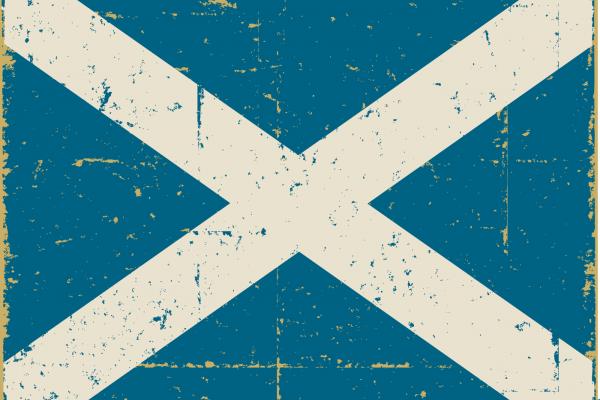In one sense, the answer to Scotland’s political future was comprehensively answered with the outcome of the independence referendum: 55% of voters opting to keep Scotland in the UK marked a decisive outcome, and one which, in recent weeks at least, was somewhat in doubt. However, beyond that restatement of Scotland’s place in the Union, little else of Scotland’s future is clear.
The SNP, Scotland’s governing party, saw their raison d’être rejected by the public and Alex Salmond, long-time leader of the party, declared his resignation as First Minister. Yet, the party remains (and, indeed, according to social media reports, has grown in size since the outcome became known) and will continue to govern the country, at least until the 2016 Scottish Parliament election (and possibly beyond). The referendum result was further evidence that support for the SNP and support for independence do not go hand in hand, with areas considered SNP heartlands returning substantial majorities in favour of a No vote.
The UK parties – the Conservative and Liberal Democrat government and the Labour opposition – immediately moved to restate their commitment to further devolution of powers to the Scottish Parliament in the wake of the referendum outcome. However, there is less agreement on the proposals themselves (each party proposed distinctive plans for further powers which will require some negotiations to deliver) and the timetable for delivery already appears to have been ambitious. The addition of attempts to answer the “English Questions” looks like it will have an impact upon the timetable, though it is a welcome addition to the constitutional debate.
Indeed, the debate we’ve experienced in Scotland over the past three years has not really taken account of the wider UK constitutional question, focusing almost exclusively on the impact of independence or continuing Union on Scotland itself. This is not a surprise, but it does mean that the debate in the rest of the UK has to “catch up” with what has occurred in Scotland. We’re further down this process in terms of considering the implications of devolution, diverging public policy and, especially, public engagement. The latter point is perhaps the most valuable.
That public engagement – 84.6% turnout in a binary referendum, substantive and broad public movements in support of both options – has been a shot in the arm for democracy in Scotland. The debate has, unquestionably, re-enthused the public in political debate. I wandered around Holyrood around 5pm on Thursday, captivated by the continuing passionate debates continuing among the Yes and No supporters who had gathered in huge numbers there. Debates which continued despite polls closing soon afterwards – a true testament to the levels of public engagement which have characterised this debate. Sure, there have unsavoury incidents, but on the whole, the debate has represented the maturation of politics in Scotland.
The challenge now is to maintain the level of public interest and engagement in our political system.

